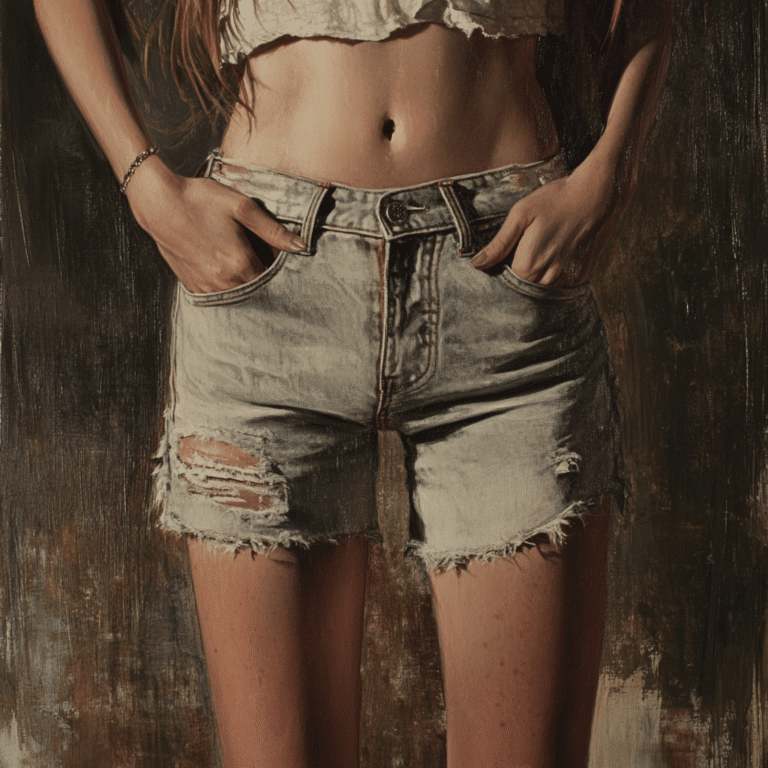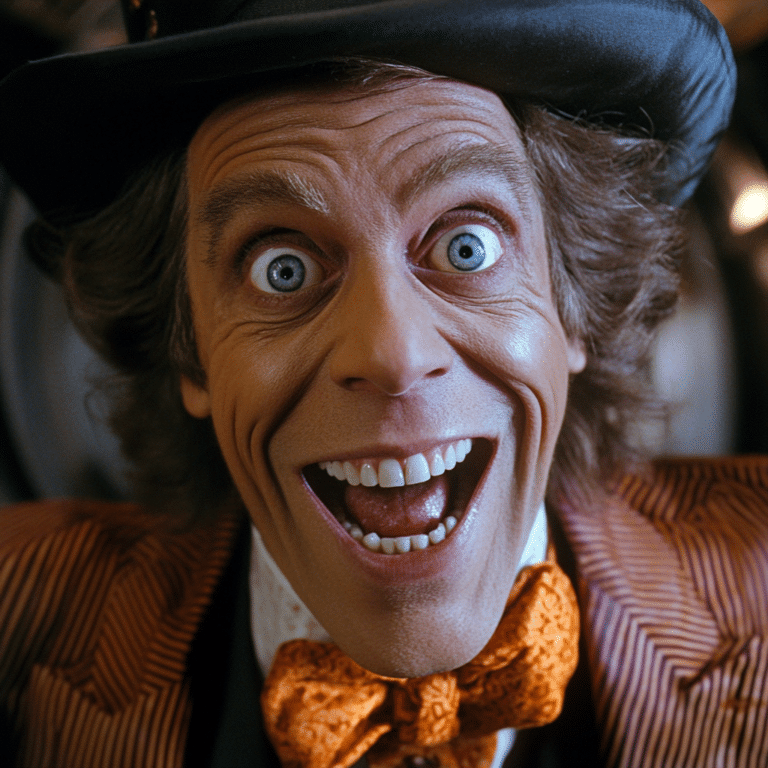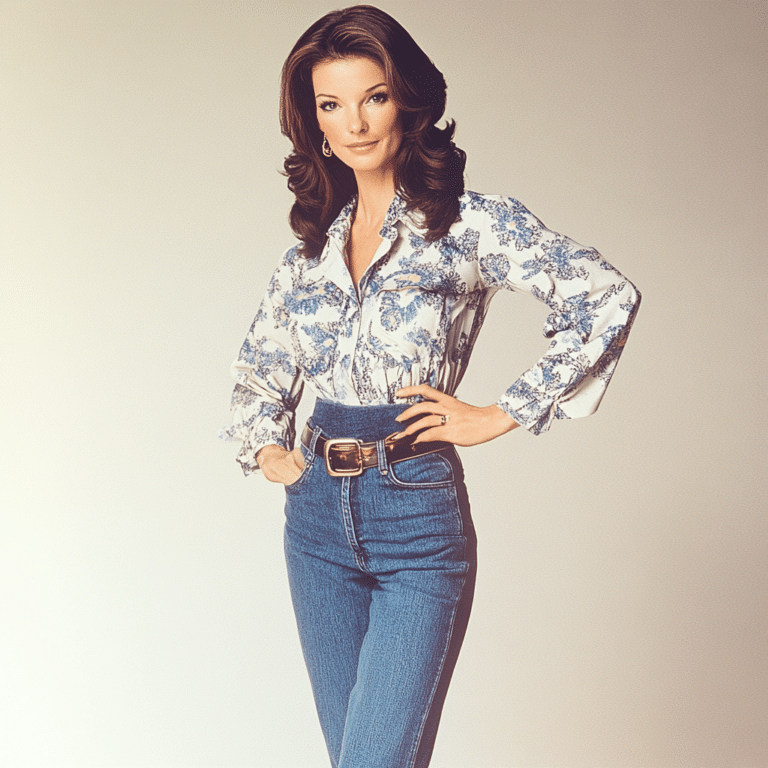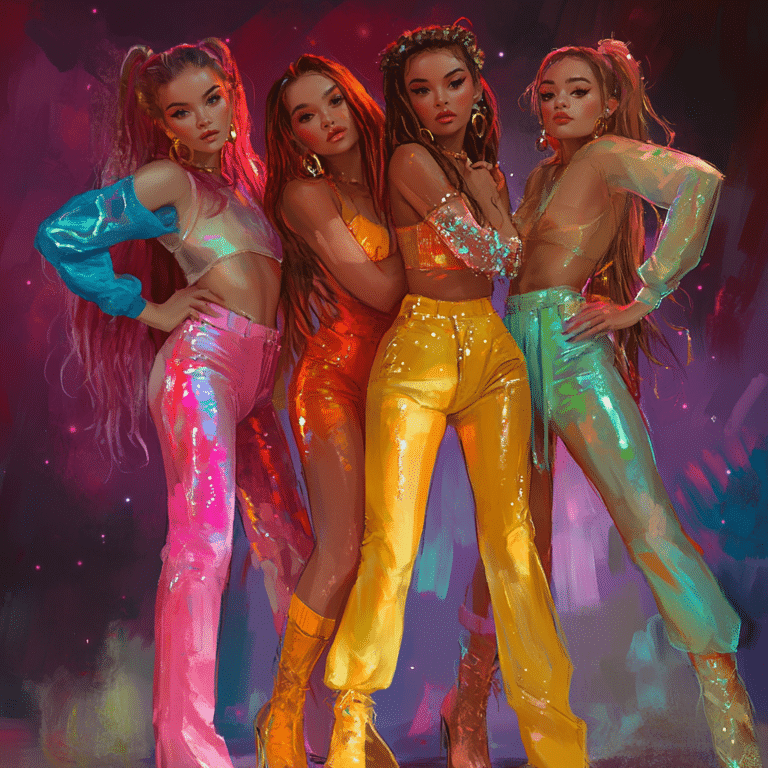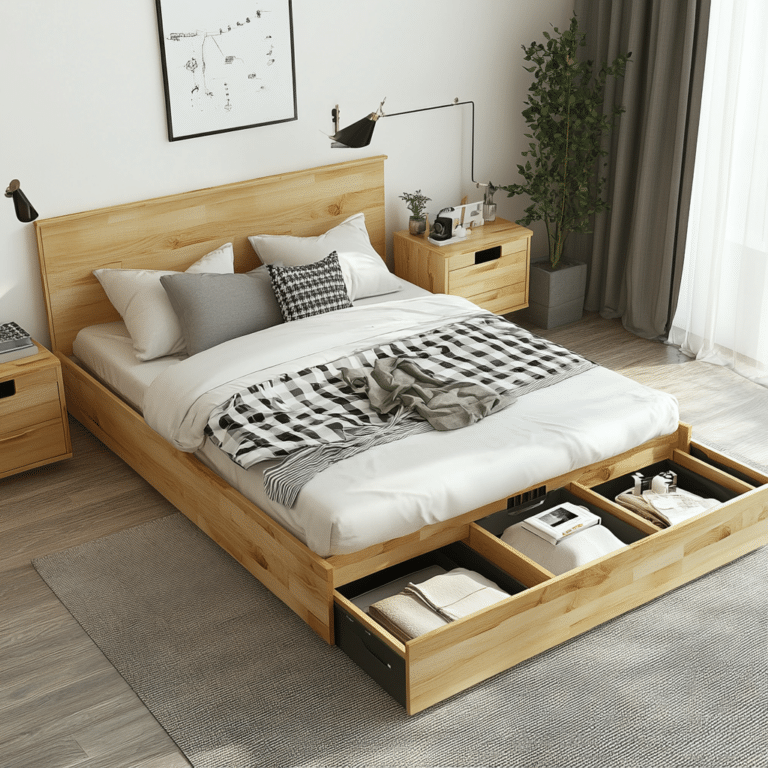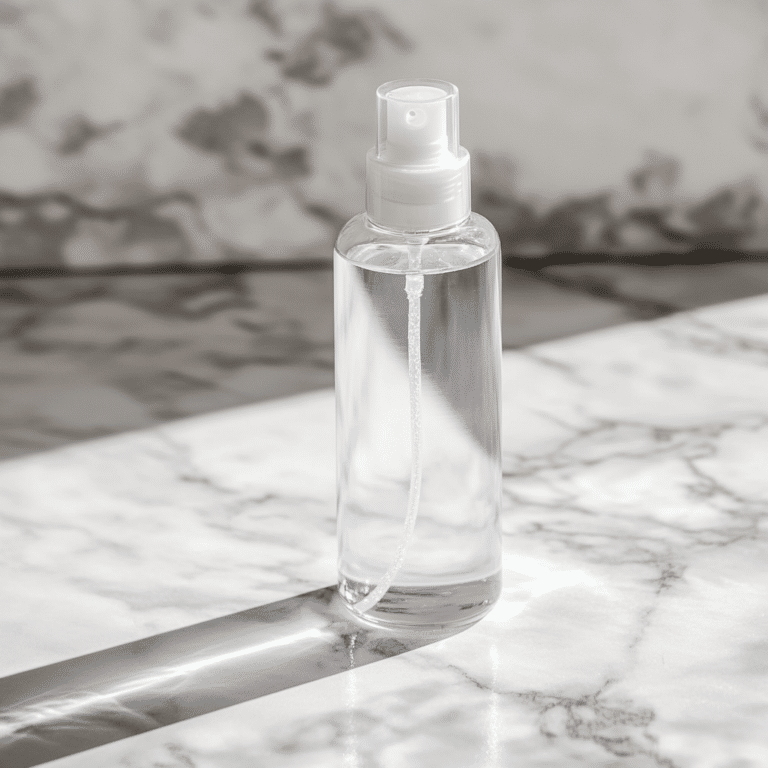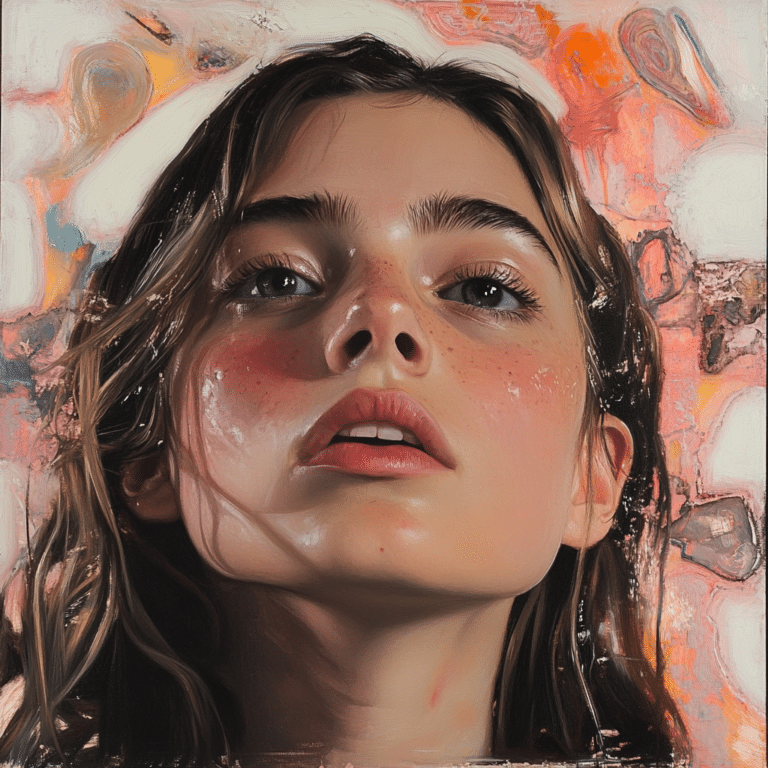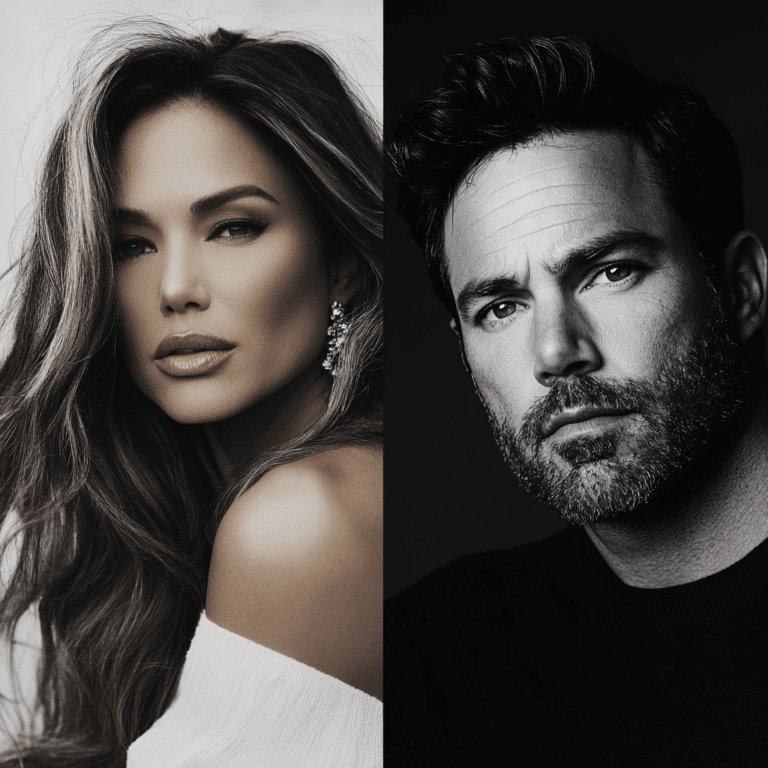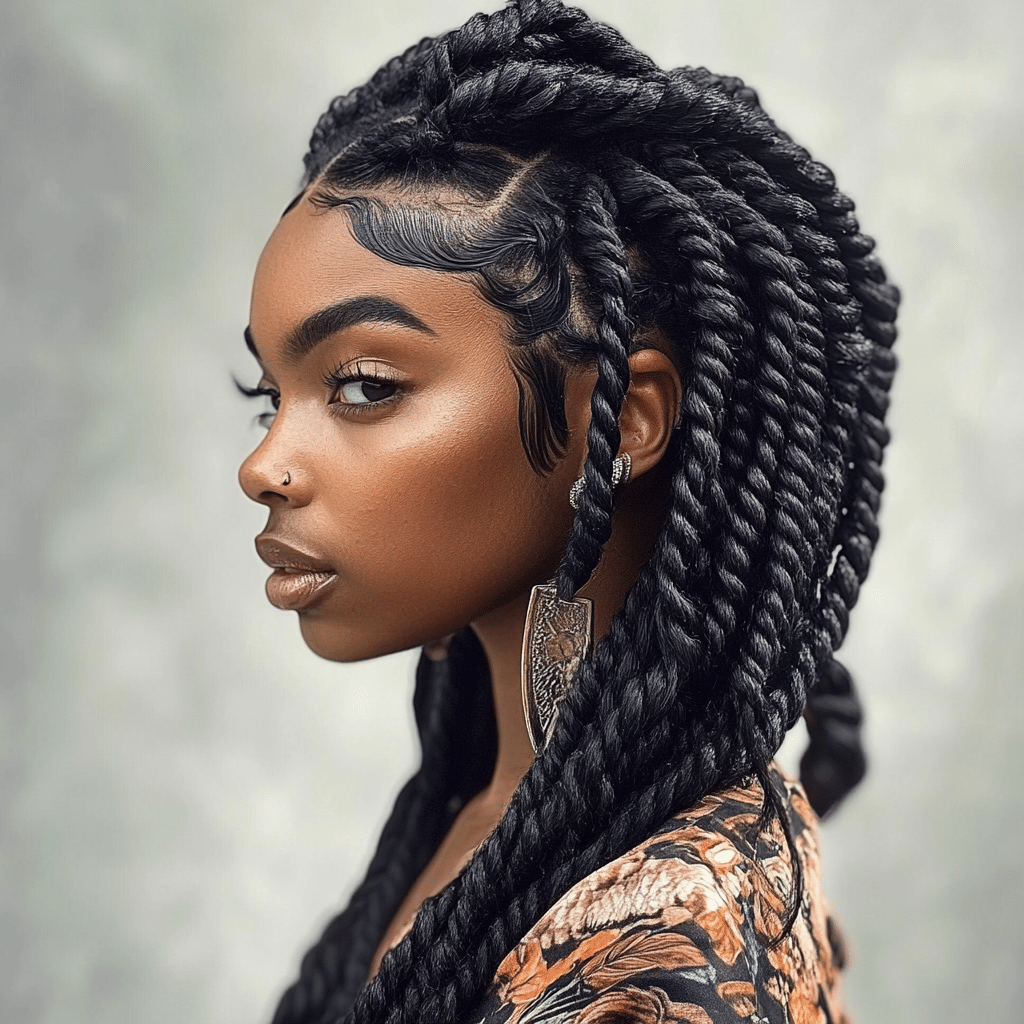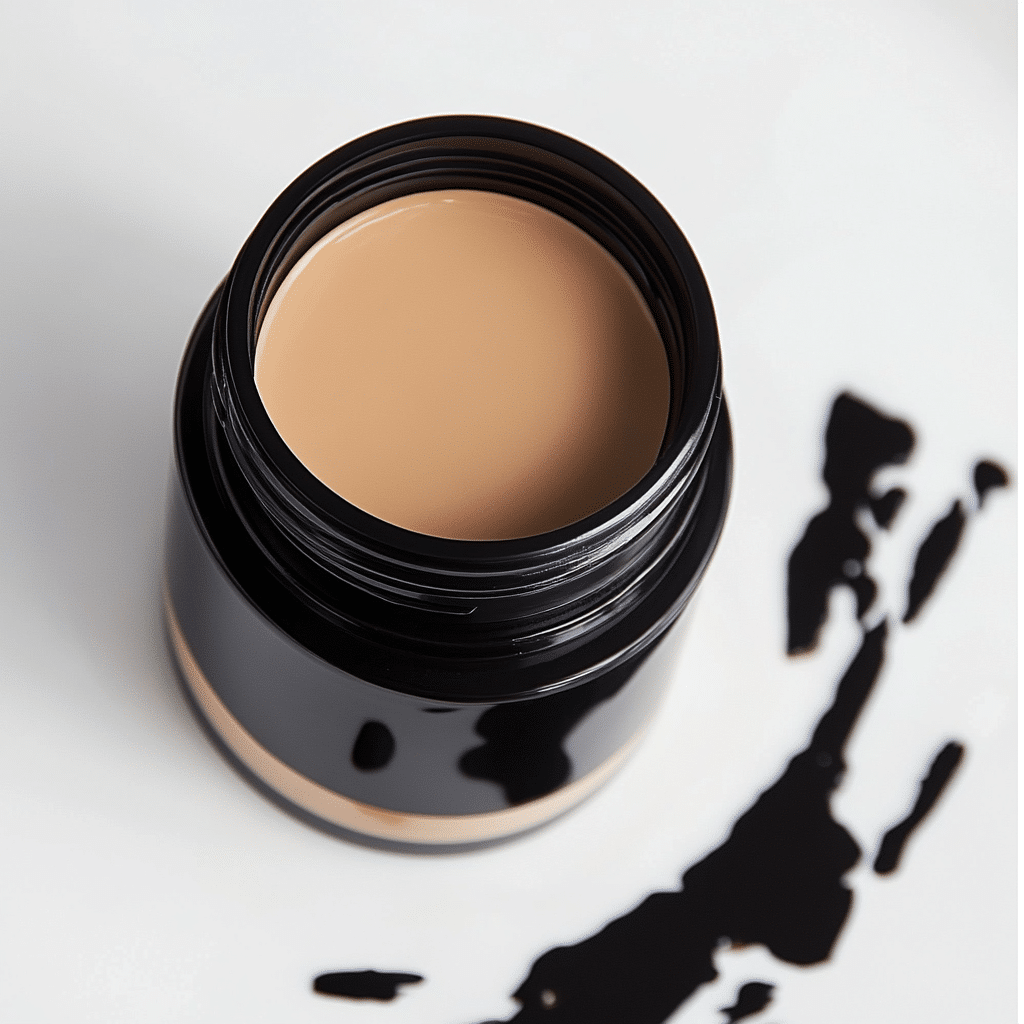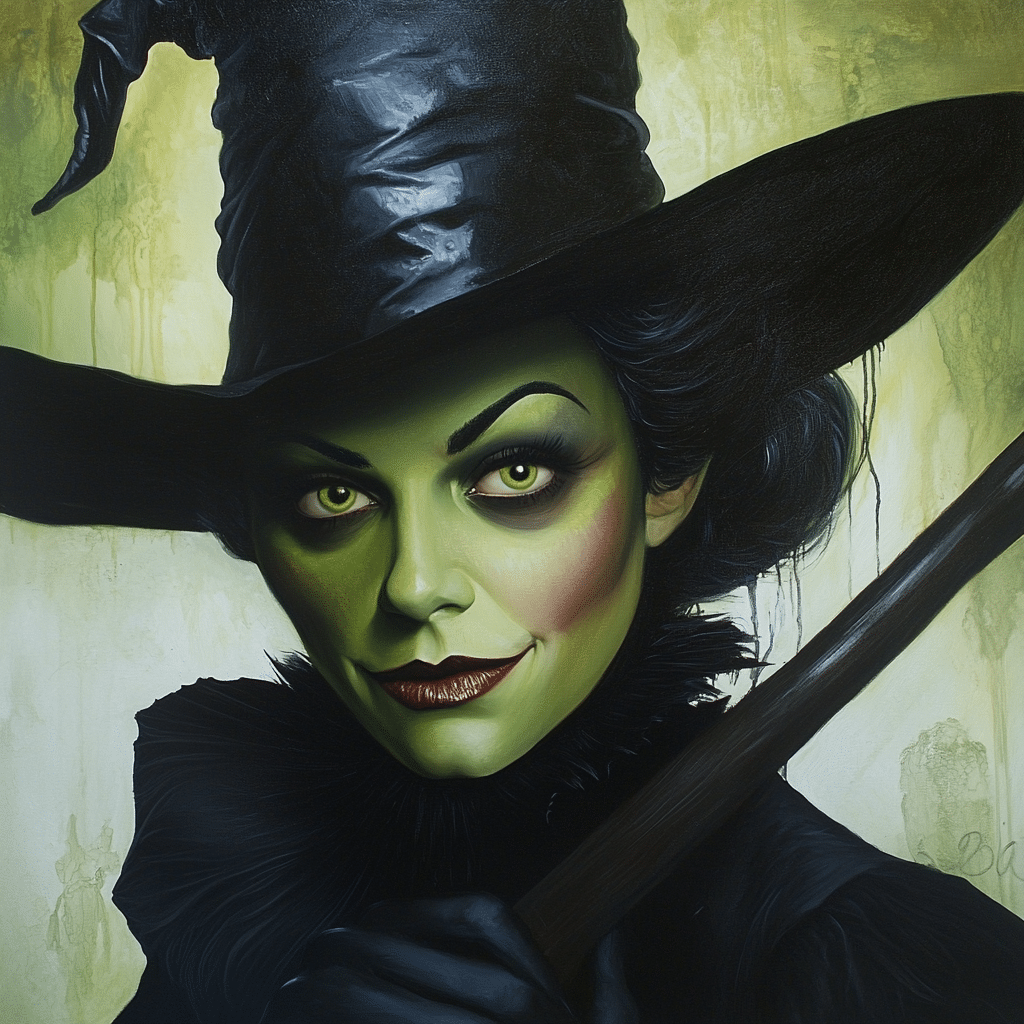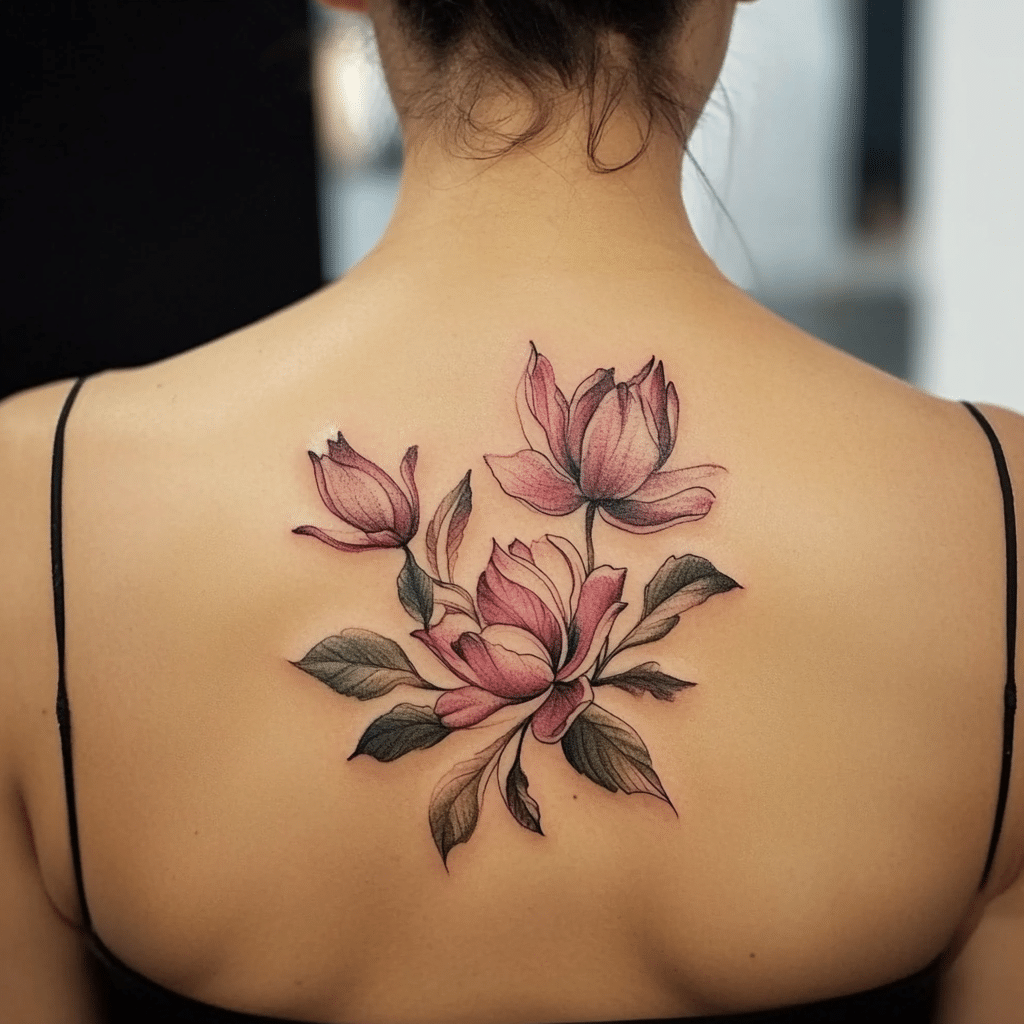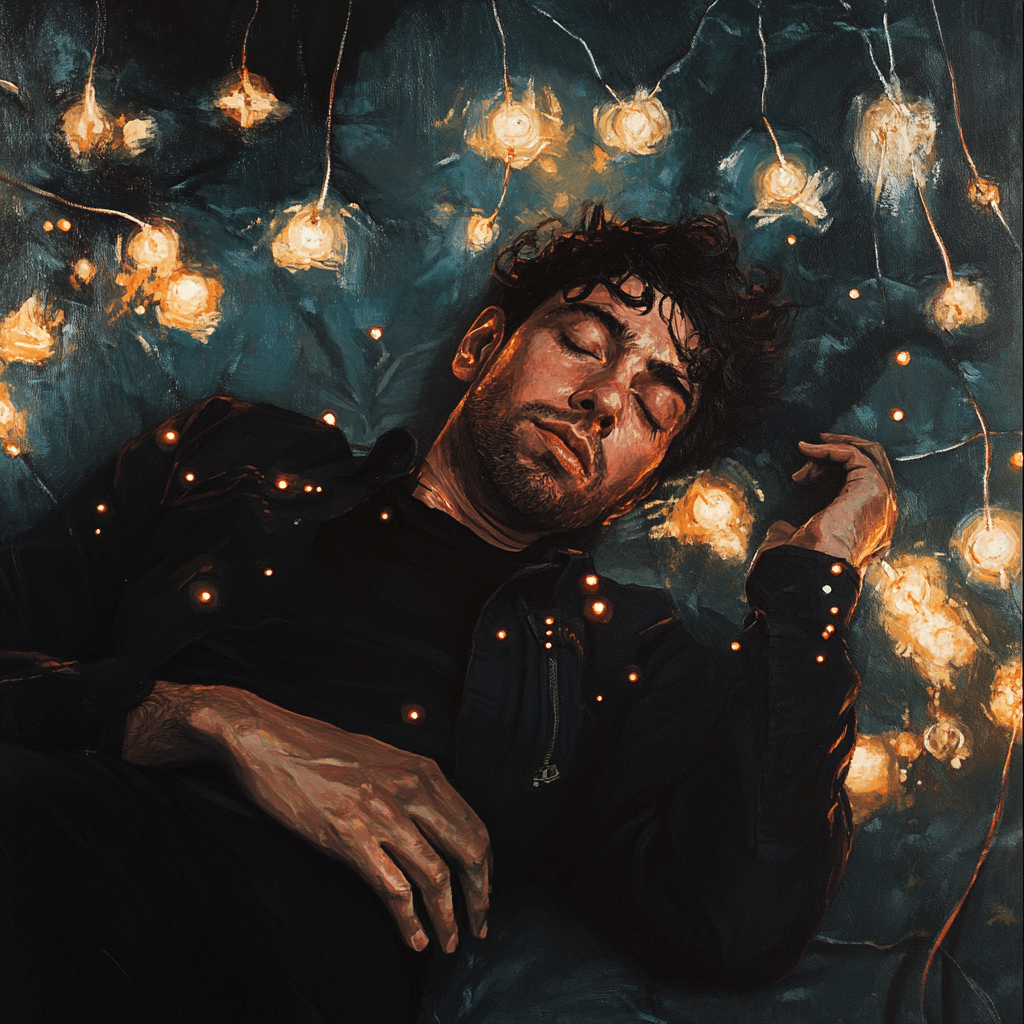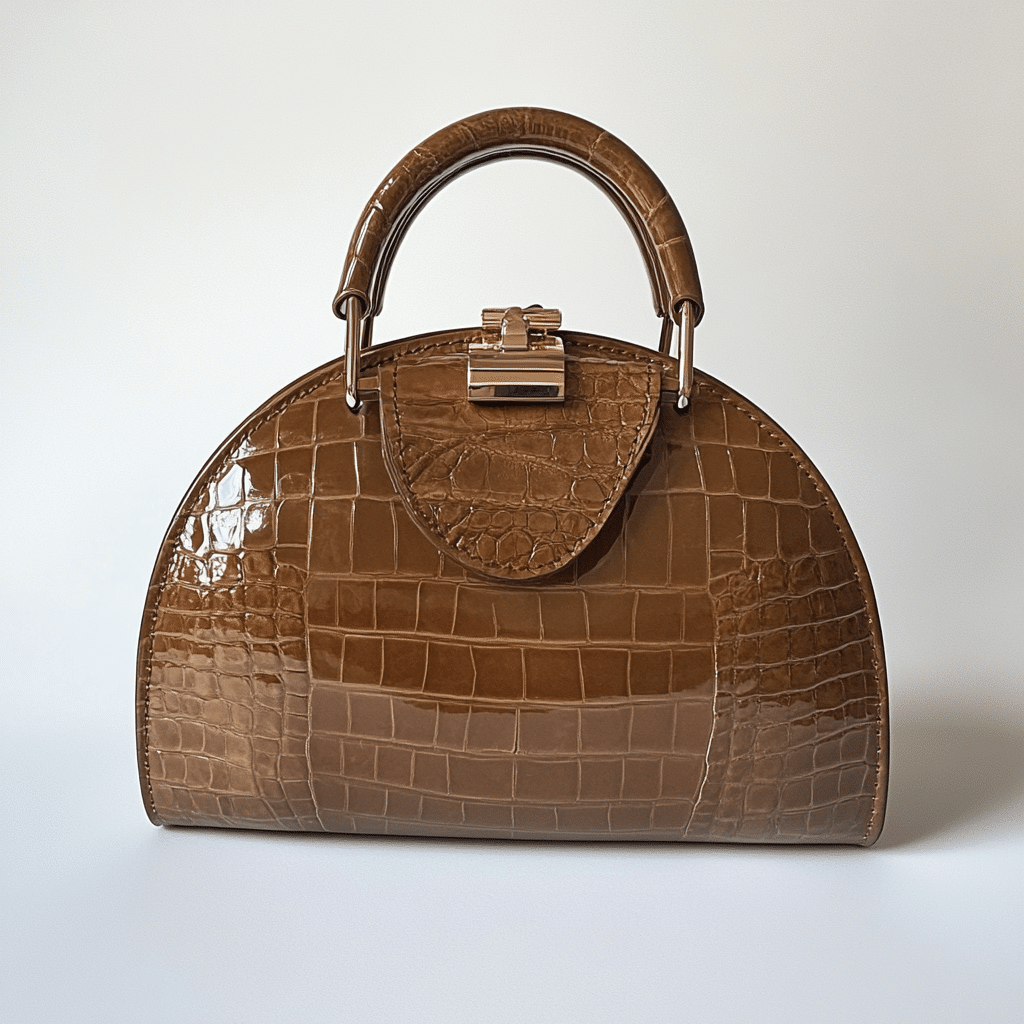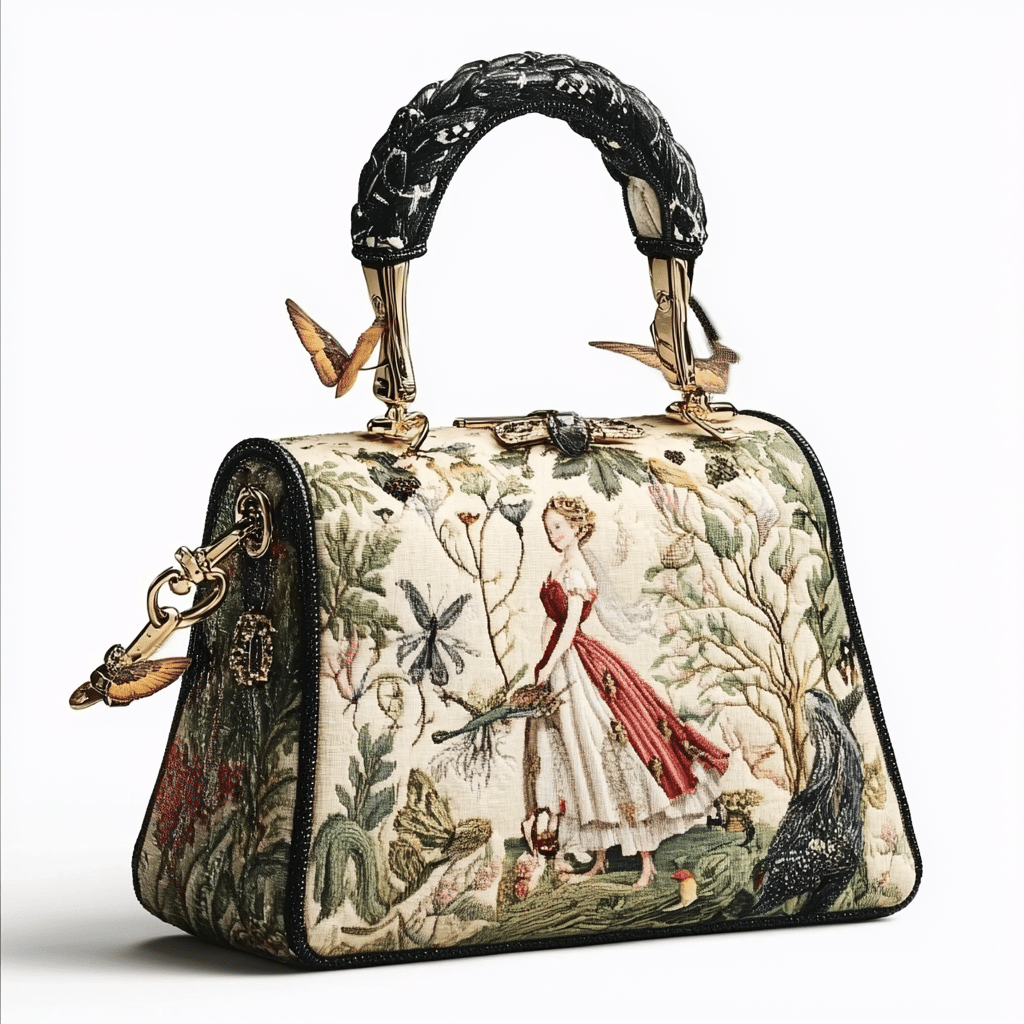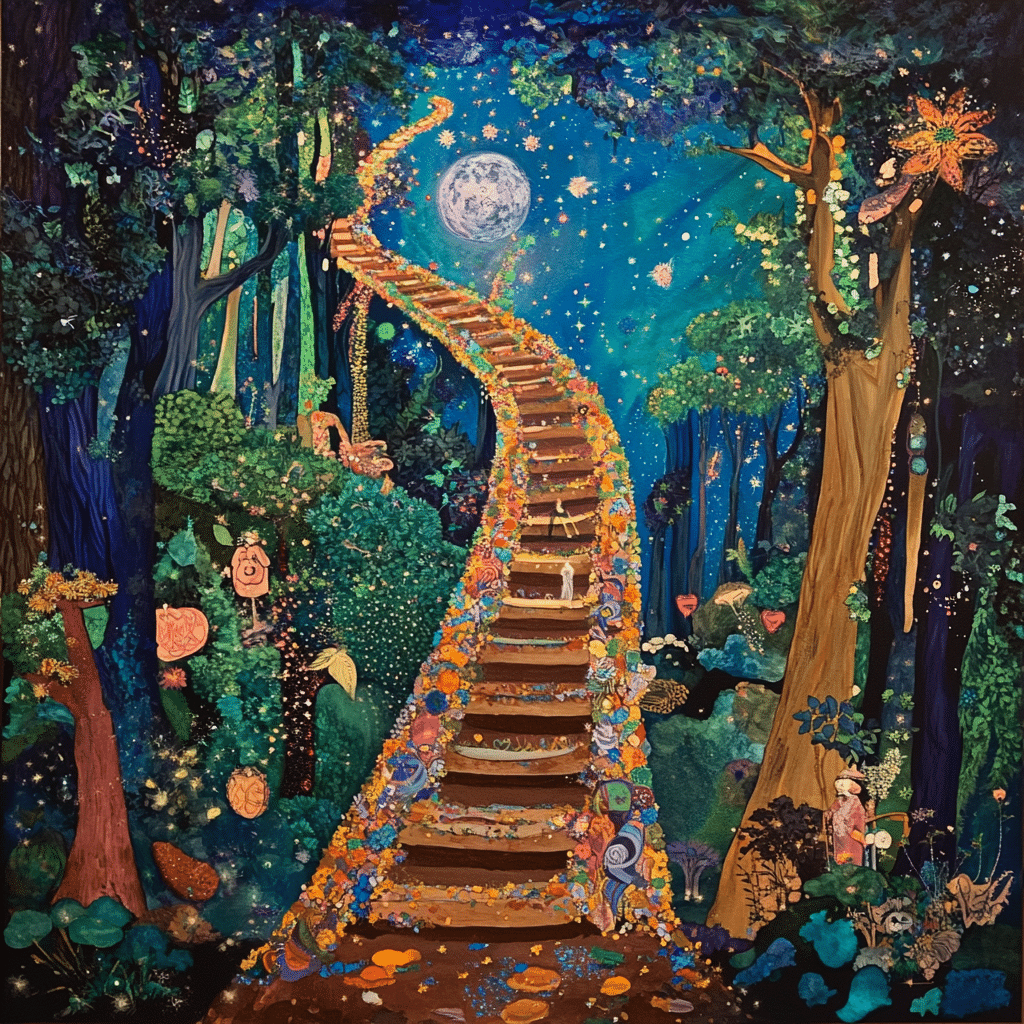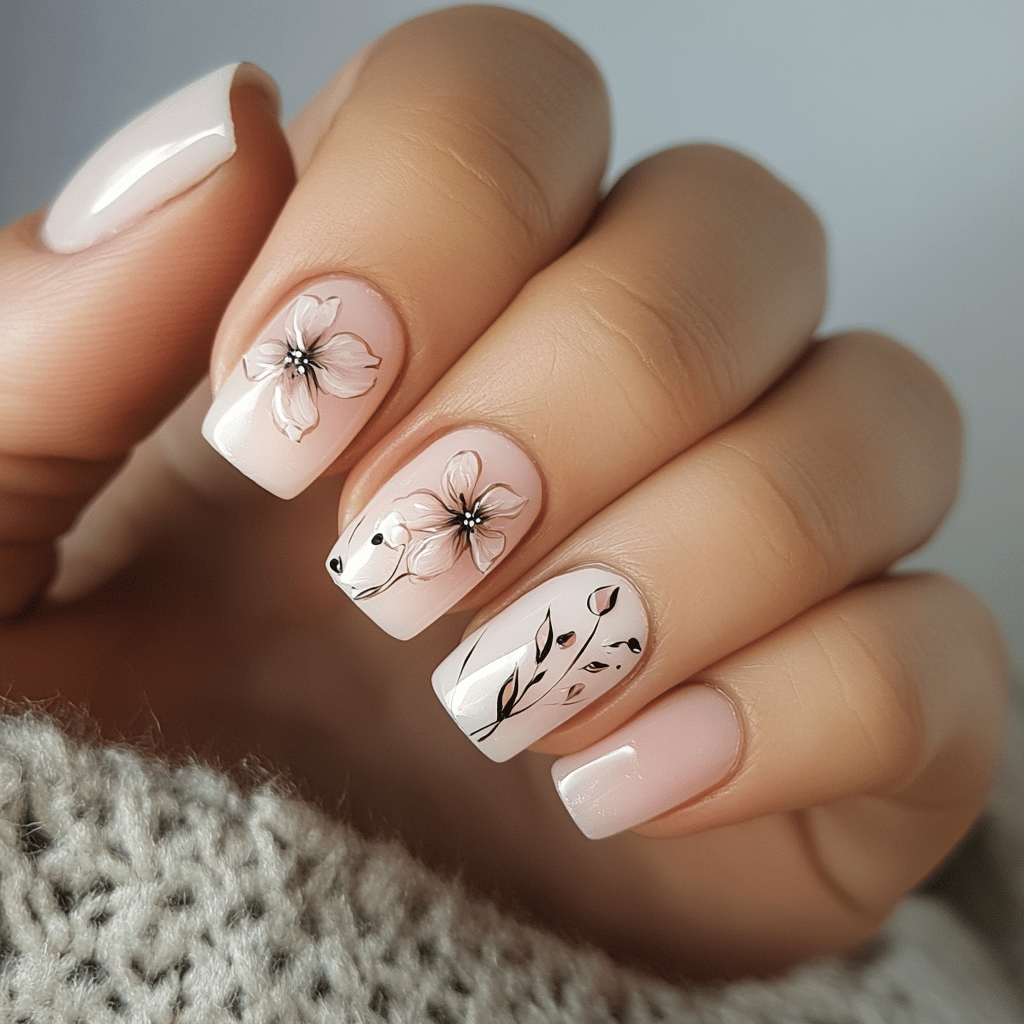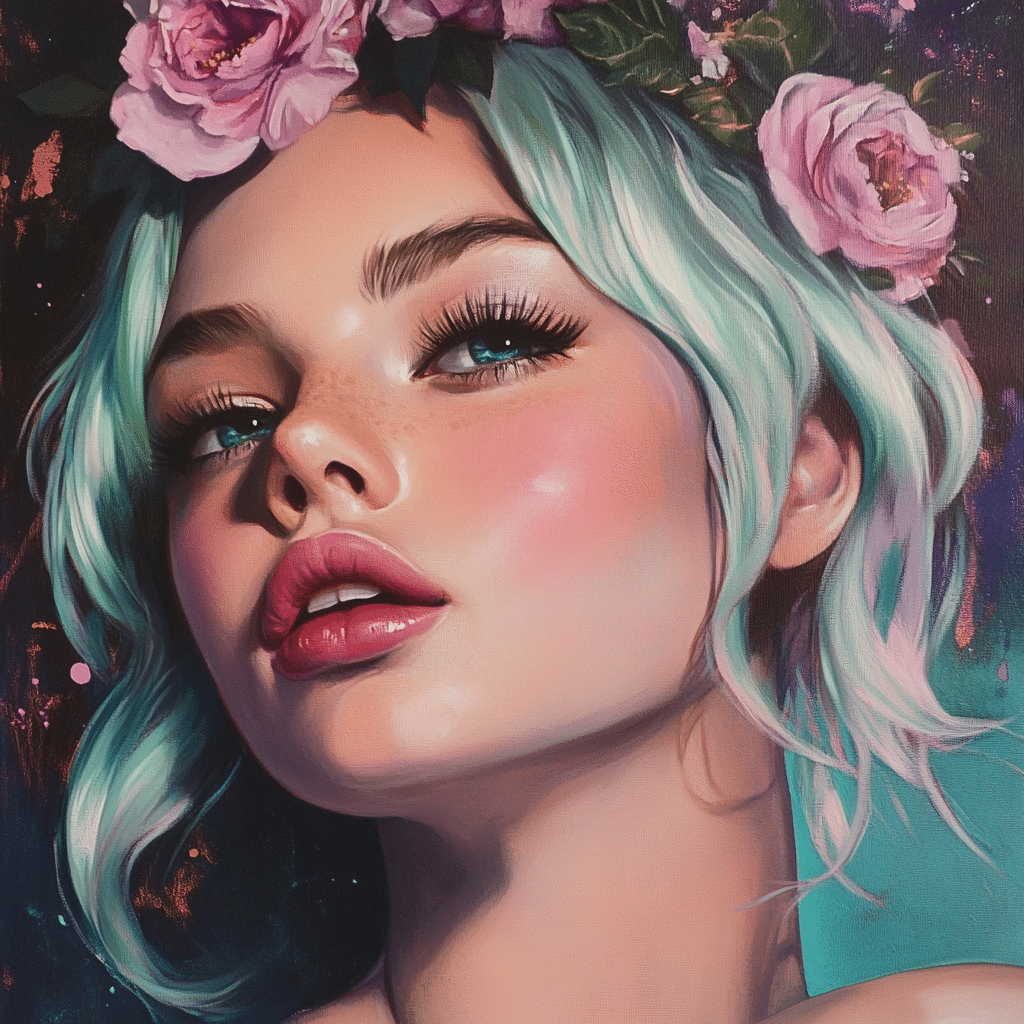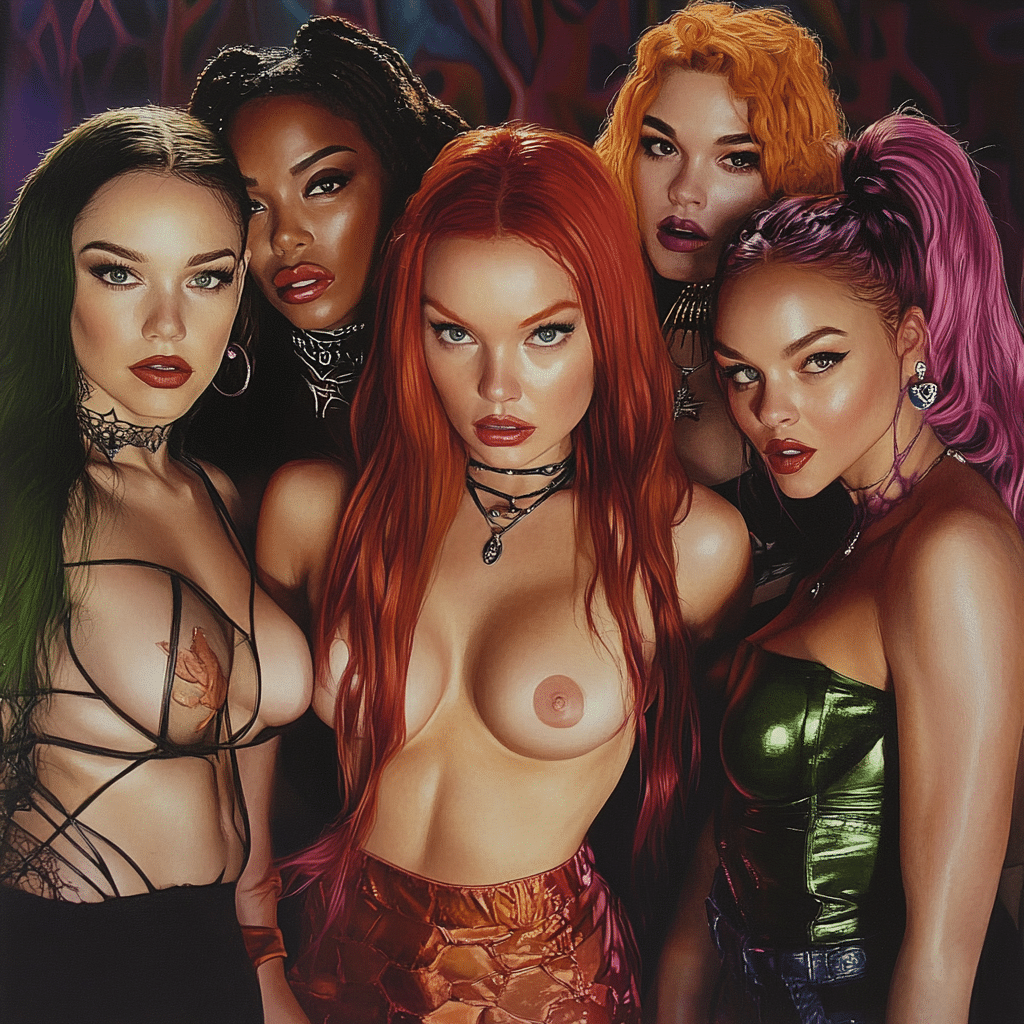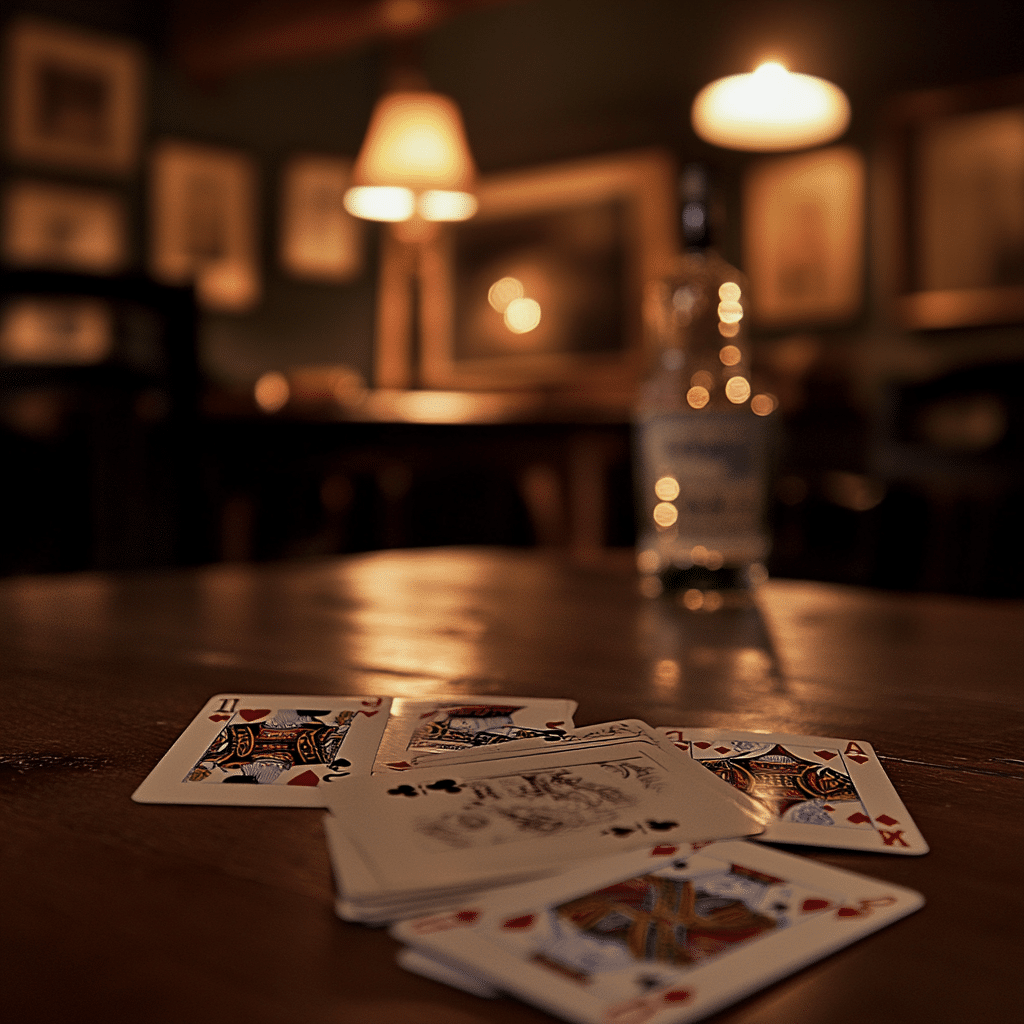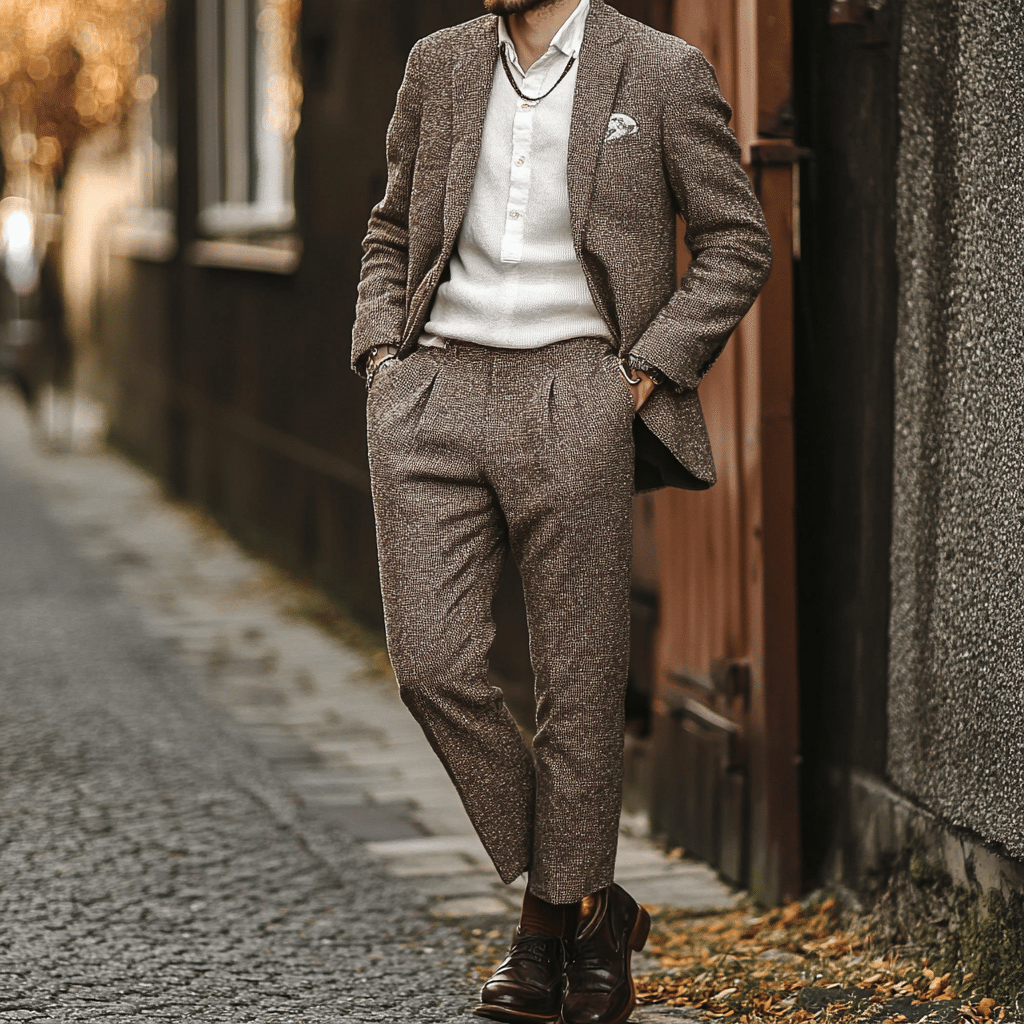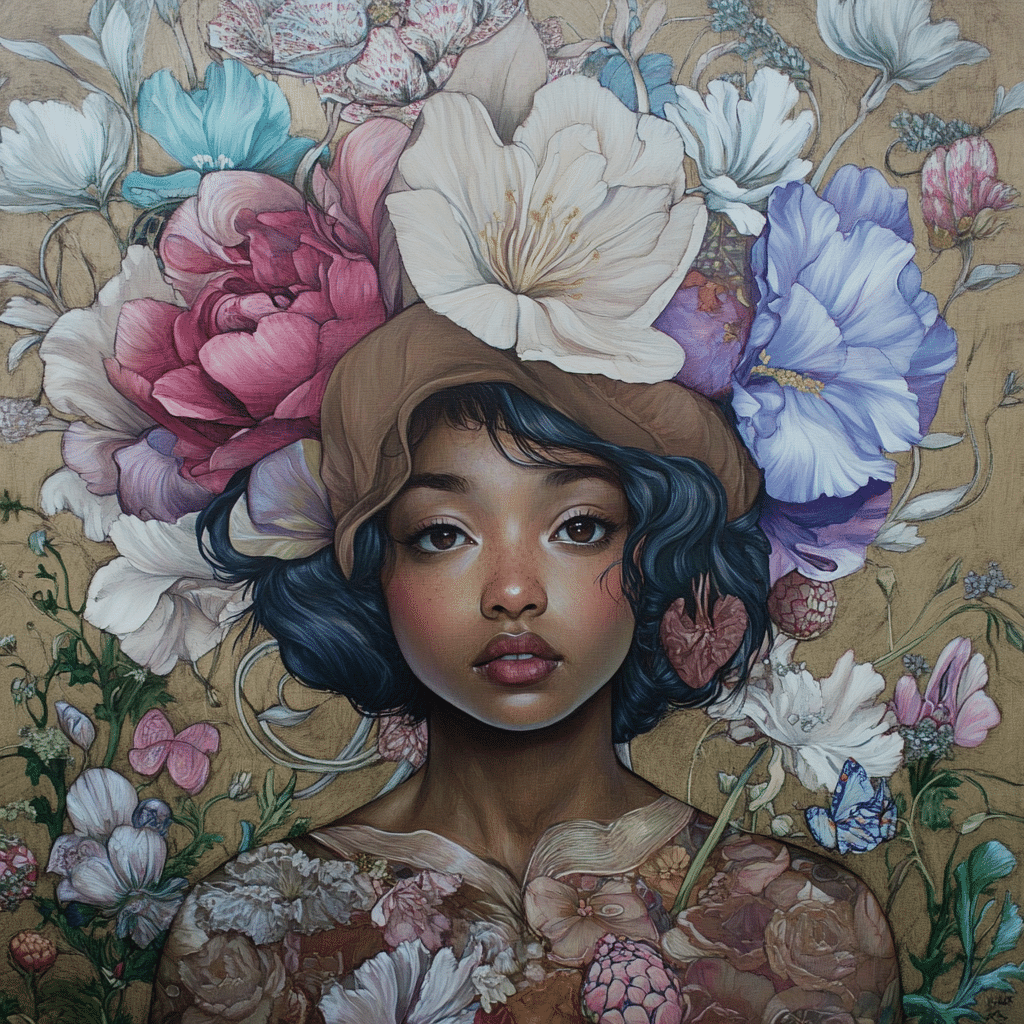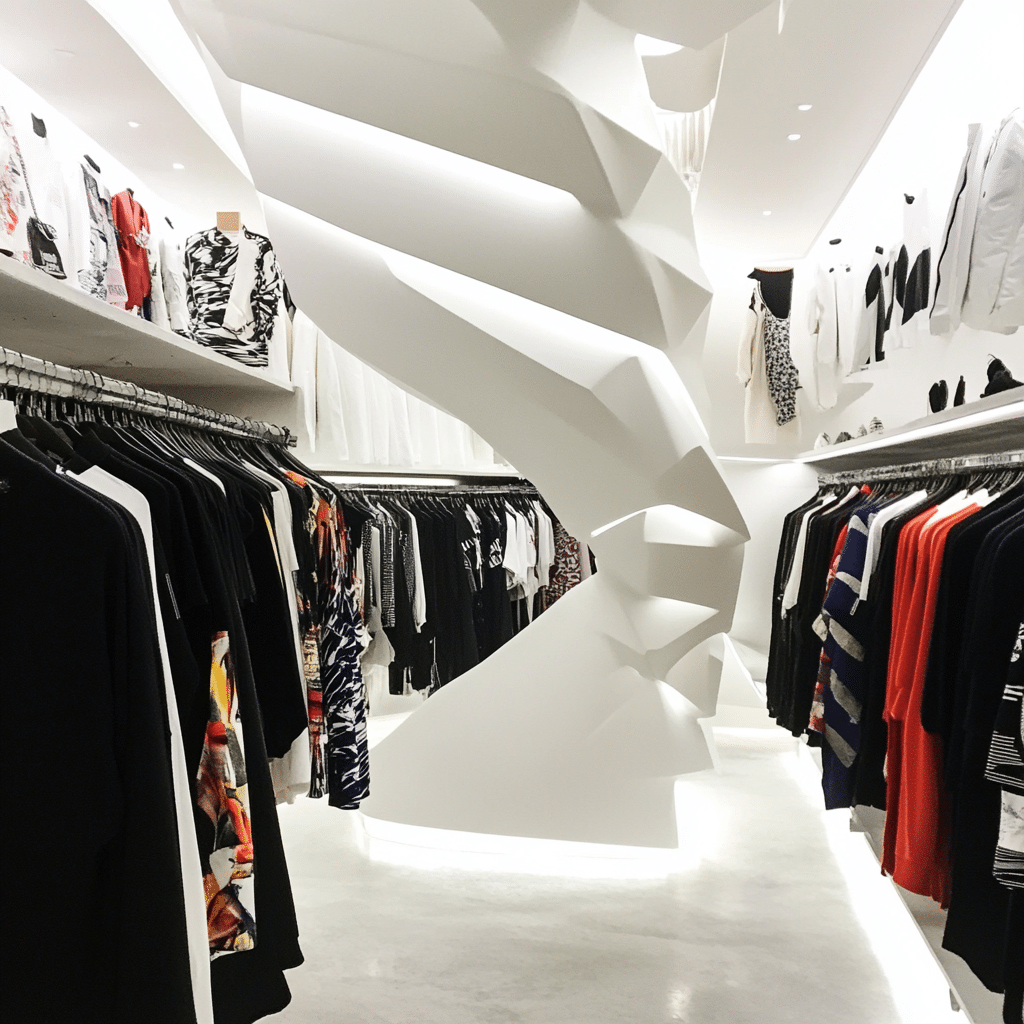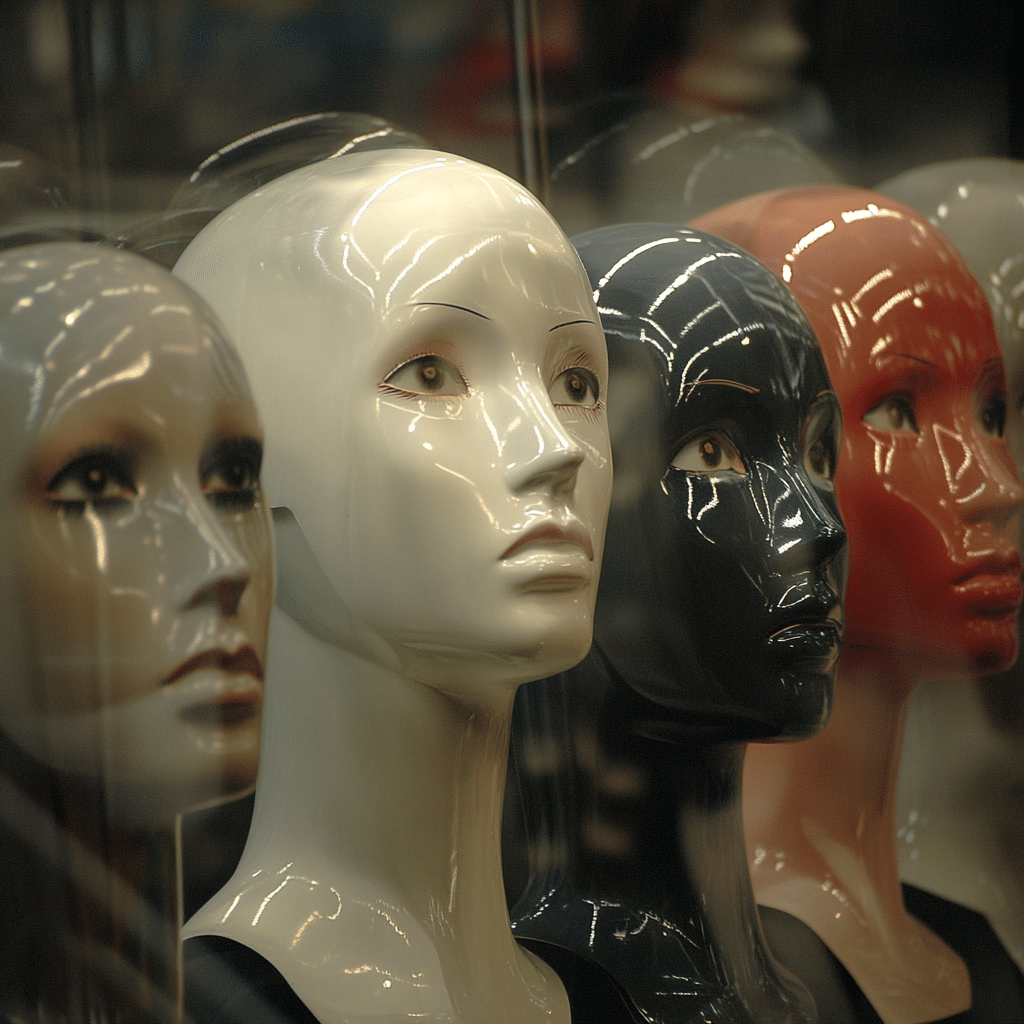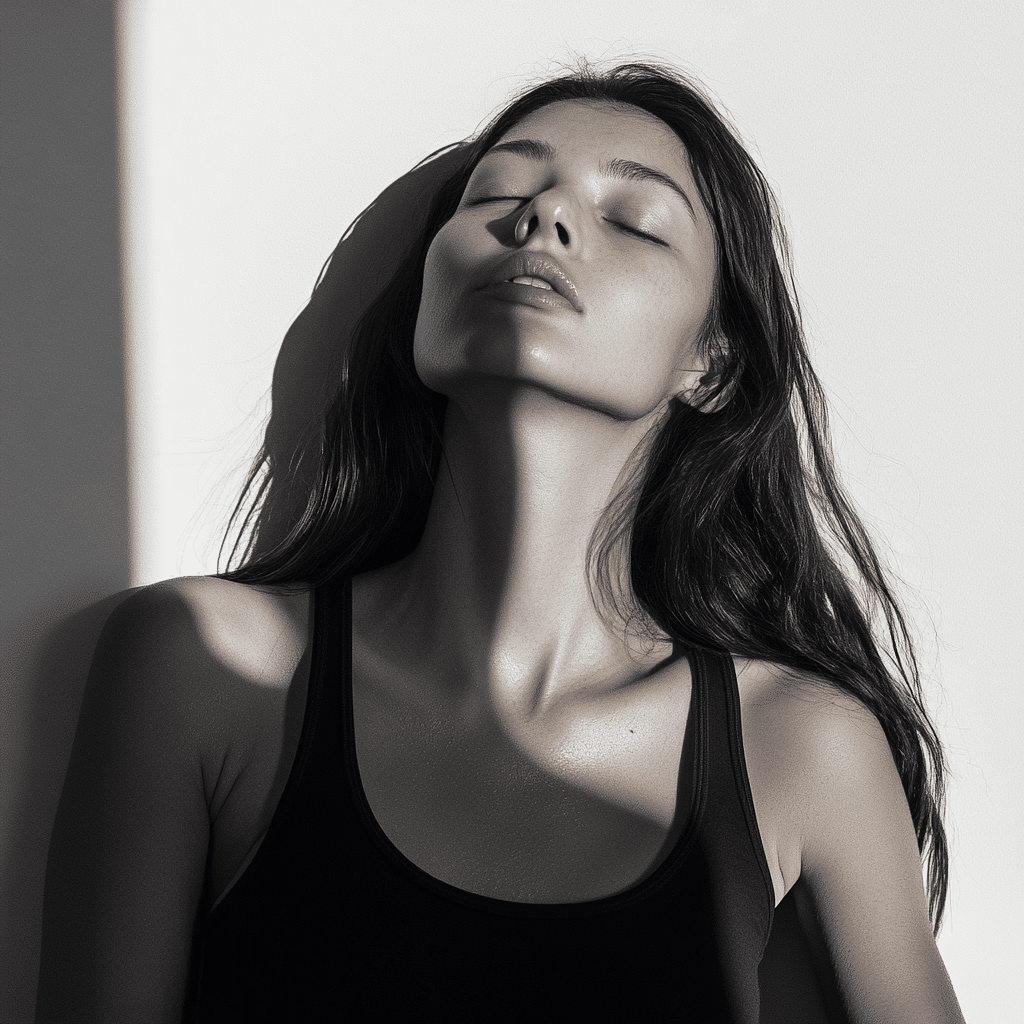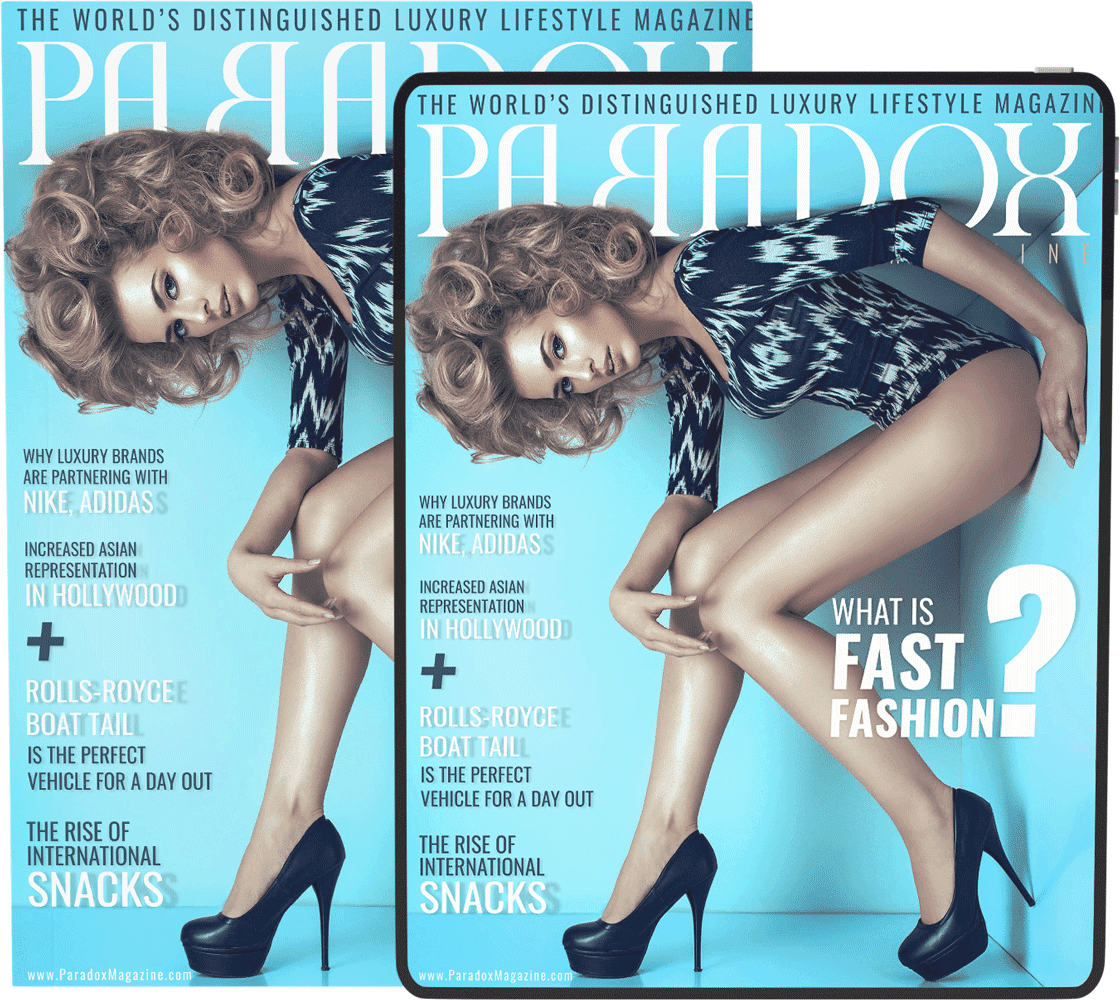Embracing Monolid Aesthetics in Today’s Beauty Landscape
Oh, how the pendulum of beauty swings! Not but a breath ago, the cultural narrative was painted with the brushstrokes of Western ideals – yet, today, monolid beauty emerges like a phoenix from the ashes of convention. Indeed, monolids – those eyelids without a recognizable crease, predominantly a hallmark of East Asian descent – stand proud in the jubilee of features celebrated in this modern tapestry of aesthetics.
Gone are the days of lament over a missing eyelid fold; in stride come the cohorts embracing the natural splendor of their epicanthal folds. As the fashion and beauty industries become a mosaic of myriad shapes and colors, monolid eyes shimmer with an allure that defies the traditional look tagged as ‘classically beautiful. Revel in the simplicity, bask in the complexity – monolid eyes tell a story without uttering a single word.
Monolids, once an underappreciated feature, are breaking the mold. With a canvas devoid of a crease, they have become a symbol of cultural pride and an echo of diversity’s voice. This eye shape stands as a testament to beauty’s subjectivity and the mere fact that while it doesn’t impact vision, it profoundly affects perception.
Charting the Rise of Monolid Icons in Pop Culture
Not so long ago, the silver screen and glossy magazine pages were bastions of Western idealism. Yet, as Hollywood’s tapestry weaves in brighter, bolder threads, Sandra Oh, with her acting chops and monolid charm, gleams in the klieg lights; a firm nod to breaking the mold. Venture eastwards, and the K-pop invasion – oh, glitzy, electric wave – advances with monolid warriors like CL and Jungkook, strutting on the global stage and capturing hearts in a fearless crescendo.
Eyelid contours aside, these icons wield power. Young eyes, beholding their dazzling careers, glean inspiration and courage in equal measure. The voracious appetite for representation – not mere shadows in a flickering candlelight of pop culture but vivid images writ large – fuels change. With every music video or character portrayal, the world imbibes a new flavor, one with a dash of monolid splendor.
Enter the spellbinding realm of digital makeup tutorials. A plethora of beauty gurus reveal the secrets behind monolid magic, from soft natural looks to bold statements painted with the stroke of a brush — or the swipe of a digital pen — for every eye shape there lies uncharted territory, rife for exploration.
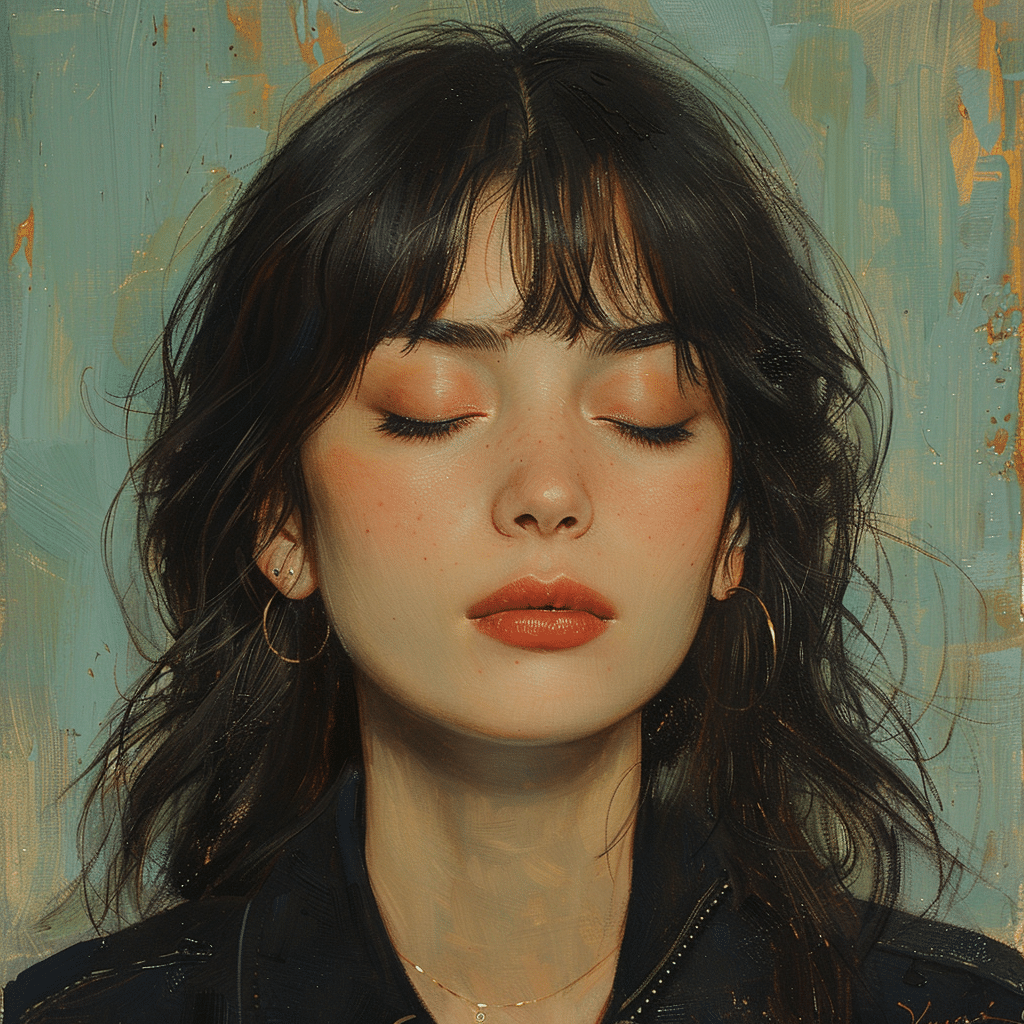
| Feature | Description | Cultural and Social Context | Beauty Industry Impact | Options for Monolid Individuals |
|---|---|---|---|---|
| Definition | Monolid eyes feature eyelids without a crease above the lash line. The skin of the upper eyelid covers the inner corners of the eyes, giving a characteristic smooth appearance. | Common in people of Asian descent and certain genetic conditions. | Double eyelids often portrayed as a beauty ideal. | Non-surgical: Makeup techniques, Eyelid tapes or glues. Surgical: Blepharoplasty. |
| Prevalence in Population | Most Koreans are born with monolids. It is also frequent among other East and Southeast Asian populations. Rare among non-Asian ethnic groups. | Viewed differently across cultures; may carry unique aesthetic appreciation. | Increasing representation of diverse eyelid shapes. | |
| Vision Impact | Monolids do not affect vision; they are simply a variation in the eyelid’s shape. | N/A | Media’s narrative is changing to embrace natural eye shapes. | |
| Beauty and Makeup | Monolid eyes can carry a unique appeal and are considered beautiful. Some makeup artists specialize in monolid eye makeup to accentuate and define the eye shape. | Mainstream media and celebrities often promote double eyelids as attractive. | More makeup products and tutorials catered to monolid shapes. | Various eyeshadows, eyeliners, and mascaras for monolid eyes. |
| Cultural Significance | The monolid is an important feature of cultural identity for many people. It is often associated with Asian heritage and beauty. | Unique beauty traits cherished in different cultures. | Celebrating natural beauty and cultural diversity is on the rise. | Preservation of cultural identity. |
| Surgical Alternatives | Eyelid surgery, or blepharoplasty, can create a crease in monolid eyes for those who desire it. | Some individuals may choose surgery for personal or cultural reasons. | Eyelid surgeries are among the most common cosmetic procedures in Asia. | Risks involved include scarring and infection; can be costly. |
| Rareness of Eye Shape | Almond-shaped eyes are considered the rarest. Monolids are common in certain ethnic groups but could be considered rare or unique outside those populations. | N/A | Almond eyes often idealized; contributes to the rarity perception. | Highlighting the uniqueness of monolid eyes through fashion and art. |
| Self-Acceptance | Encouraging the acceptance and celebration of monolids as a beautiful facial trait rather than something to be changed or “fixed.” | Varies based on individual and societal attitudes. | Beauty standards are becoming more inclusive. | Promoting positive self-image and embracing natural features through media representation. |
Redefining Makeup Norms for Monolid Eyes
Buckle your seatbelts, darlings, for we are veering off the well-trodden path to the cosmetics counter. Now, on the glamorous horizon, see the rise of makeup mavens bending norms with the dexterity of legendary contortionists. Here, products rejoice in their monolid muses; they hide not, but accentuate, the very essence of the lid’s natural grace.
Feast your eyes upon the marvels wrought by the likes of Fenty Beauty and Pat McGrath Labs. Their campaigns, sprinkled with monolid models, disseminate a message resounding across vanity tables: celebrate your contours, or the lack thereof. The modern beau monde has spoken – monolids are in, and darling, they are divine.
Enter the studio of makeup magnate Pony, a veritable enchantress among the monolid covens. Behold the craft — eyeliner streaks carving paths of empowerment, eyeshadows softly kissing lids, all whilst defying and declaring that less is, indeed, infinitely more. Revel in this rebellion against bygone norms, and watch as old-school styles bow before the revolution of the monolid.
The Ascension of Monolid Specialists in the Beauty Industry
In the sprawling metropolis of the beauty industry, the cobblestone lanes once led to predominately Westernized salons. This, oh discerning reader, is a tale of evolution. Turn your gaze towards the rising sun, where Park Hye Min and Jung Saem Mool, artists with a Midas touch for the monolid, emerge like wizards from their ateliers, brandishing wands disguised as makeup brushes.
Armed with palettes and pigments, these sorcerers craft visages that send ripples through social circles, in Seoul and beyond. Their disciples gather in the digital agora, eager to glean secrets that enhance rather than veil their features. Knowledge, once hoarded, now flows freely from workshops and pixels in a communal dance of edification and enlightenment.
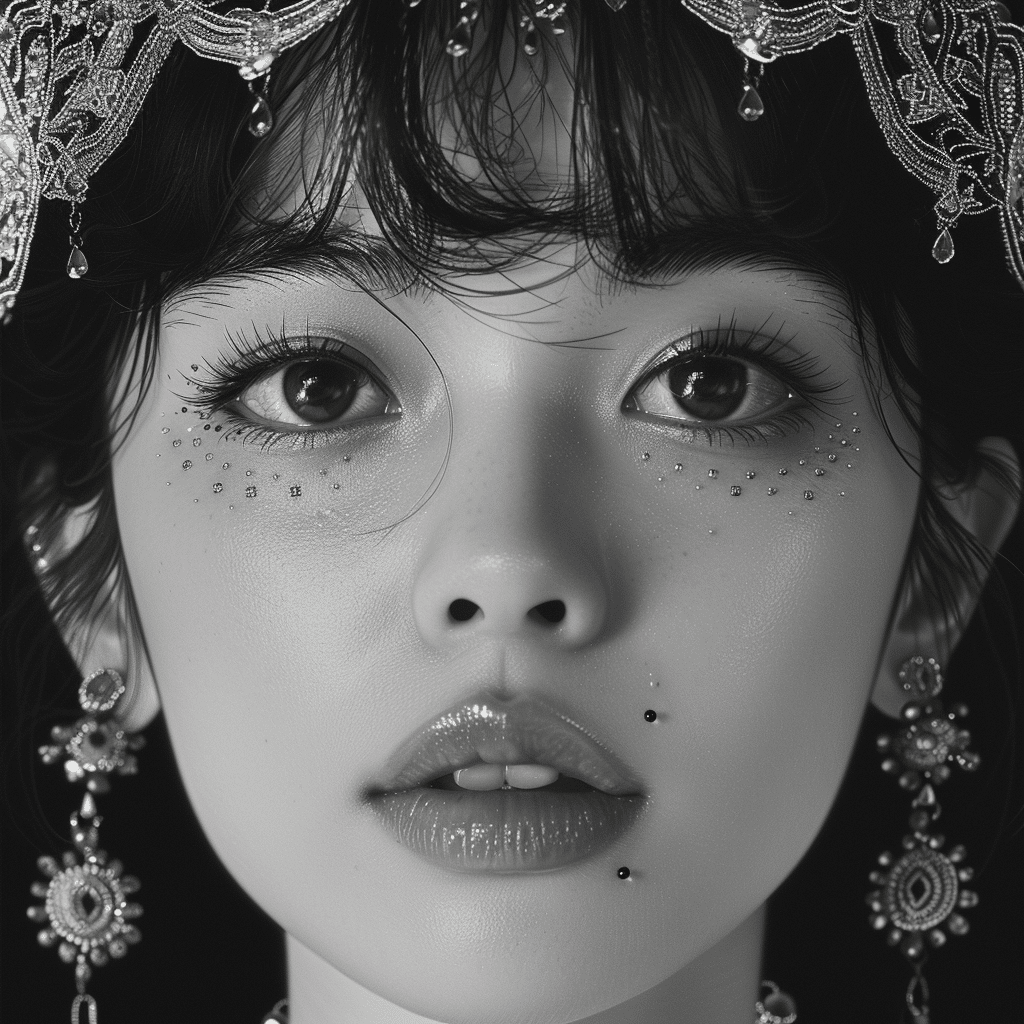
Breaking Down the Western Bias in Eyelid Surgery Trends
Ah, the contentious chapter of double eyelid surgery – a narrative arc dripping with controversy, where incisions vie with acceptance. Every stitch, for some, a step away from the authentic self, a sway to the siren song of conformity. Yet, behold: a shift in the winds. A growing chorus now rises, harmonizing with the resounding notes of self-love, singing an ode to the monolid in its natural glory.
Individuals, in defiance of the scalpel’s allure, opt for the untouched reflection that peers back from their looking glasses. This metamorphosis is no superficial trend but echoes a broader dialogue, one penned in the ink of cultural respect and self-determination.
The recent furore over Jodi Arias Now illustrates a society grappling with the past and musing upon the ideal of beauty redefined. Just as the narrative around Arias undergoes meticulous dissection, so too does society re-examine the ideals it once held sacrosanct.
The Influential Role of Social Media in Monolid Representation
Ah, the boundless realms of social media – that place where walls crumble and voices find harmonious choir. Here, hashtags blossom into gardens of boundless diversity; #MonolidMakeup and #MonolidBeauties stand tall, radiant with posts aplenty, painting landscapes where validation and camaraderie bloom like the sweetest peonies.
Instagram’s lattice and YouTube’s stage serve as sanctuaries where monolid admirers and bearers alike converge. Tips, anecdotes, and the intimate stories of self-acceptance weave a colorful tapestry of fellowship. Self-expression finds fertile ground and beauty, darling, emerges, unfettered and unapologetic.
The Future of Monolid Representation and Empowerment
Gaze upon the horizon, for the future entices with tantalizing promise. Inclusivity unfolds its wings, preparing to take flight into a sky where monolid role models soar among the clouds, their silhouettes casting shadows of inspiration across the earth.
Anticipate, with bated breath, the fusion of technology and beauty, where augmented reality extends a hand to those thirsting for hyper-personalized fashion escapades. Imagine a virtual fitting room where monolid aficionados trial and triumph with makeup tailored to their visage.
Reflecting on the Celebration of Uniqueness in Beauty
Let us raise our glasses to the triumph of the monolid, from sheer obscurity to the rightful spotlight. This ballet of beauty standards, this expansion of the industry’s lexicon, illuminates the singular narrative of monolid eyes – a tale woven with threads of cultural valor and the iridescence of diversity.
Our cultural zeitgeist, with its thirst for diversity, wraps its arms around every eye shape, every untold story. We march forward, a motley parade, heralding an age where beauty standards are as varied as the stars themselves. Yes, the monolid movement transcends the ephemeral – it cradles uniqueness in an embrace as timeless as fashion itself.
In this collage of features, monolids stand resplendent – a reminder that beauty, true beauty, is beyond the fold, a place where every eye narrates its distinctive ballad.

Is Monolid eyes good?
In an age where the media and celebrities often dictate beauty norms, defining what is considered “attractive” can exclude the natural, diverse features that make each of us unique. Among various facial traits, the eyes, in particular, have been a focal point of beauty standards, with specific shapes being celebrated or marginalized depending on cultural and societal trends. Today, we divert from the norm and take a closer look at monolid eyes—an eyelid shape that, while sometimes overshadowed by the popularized double eyelid, possesses its own distinct allure.
Do all Korean have Monolids?
Monolid eyes, or epicanthal folds, are characterized by the skin of the upper eyelids covering the inner corners, resulting in a sleek, uninterrupted plane without a crease. Predominantly seen in people of Asian descent and in those with certain genetic conditions, monolids present a canvas of simplicity and elegance that defies the frequently pushed preference for double eyelids.
Can you be pretty with Monolids?
Despite the pressure of beauty ideals, it’s vital to recognize that attractiveness is not confined to a single eyelid type. Monolids are not only beautiful, but they also do not impair vision, standing as a testament to the diversity of facial features that are inherently alluring.
What is the advantage of Monolids?
Cultural preferences vary immensely. In some societies, the double eyelid reigns supreme, leading to the rise of cosmetic techniques to achieve the look, ranging from temporary solutions like makeup and adhesives to permanent alterations through surgery. However, this does not diminish the inherent beauty of monolid eyes. Many individuals are embracing their natural eye shape as part of their identity and heritage, rejecting the idea that they should conform to a singular beauty standard.
What causes triple eyelid?
When it comes to eye shapes, the almond eye is often lauded as rare and captivating. Identified by a slight upsweep at the outer corners and symmetry, this shape may be less common, but its allure doesn’t overshadow the beauty found in monolids or other eye shapes that are representative of cultural backgrounds and personal stories.
What are Phoenix eyes?
Discussing monolids often brings us to Korea, where the prevalence of this eye shape is particularly notable. A significant portion of the Korean population is born with monolids, which hold a deep connection to their genetic and cultural landscape. Yet, it’s a misconception that all Koreans have monolids; there is plenty of variety within the population, with double eyelids also naturally occurring.
Why do Asians have thicker eyelids?
Asking whether one can be beautiful with monolids is akin to questioning the beauty of a rose compared to a lily: each possesses its own unique charm. Monolids are not rare, but they are distinct and should be celebrated as such. They contribute to the vast tapestry of human appearance, and their value does not diminish based on their proportion in any given population.
Which BTS member has Monolids?
Some argue that monolids have functional advantages, such as offering additional protection from harsh weather conditions or debris, given the minimized eyelid space. This, however, is a generalization and one of many theories about physical traits that have persisted through evolution.
Are double eyelids more attractive?
The epicanthic fold, responsible for creating the monolid appearance, carries genetic significance, often linked to populations in East and Southeast Asia. Its origins, while not fully understood, are believed to be adaptive responses to geographical and climatic conditions experienced by ancestral populations.
Is it rare for Koreans to have double eyelids?
Occasionally, individuals may experience a temporary condition known as “triple eyelids,” where an additional fold develops, usually due to factors like swelling, aging, or temporary changes in the distribution of skin and fat around the eye. This is a cosmetic concern rather than a medical one and can often resolve over time or with appropriate treatments.



